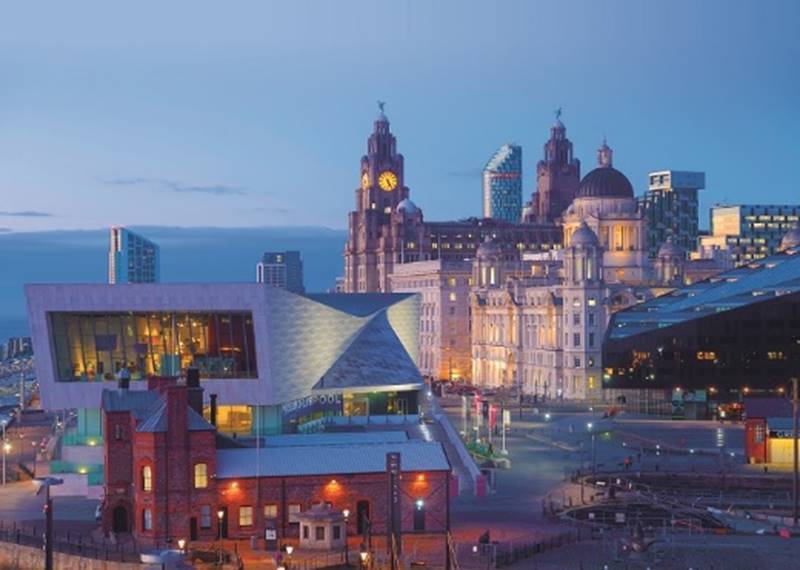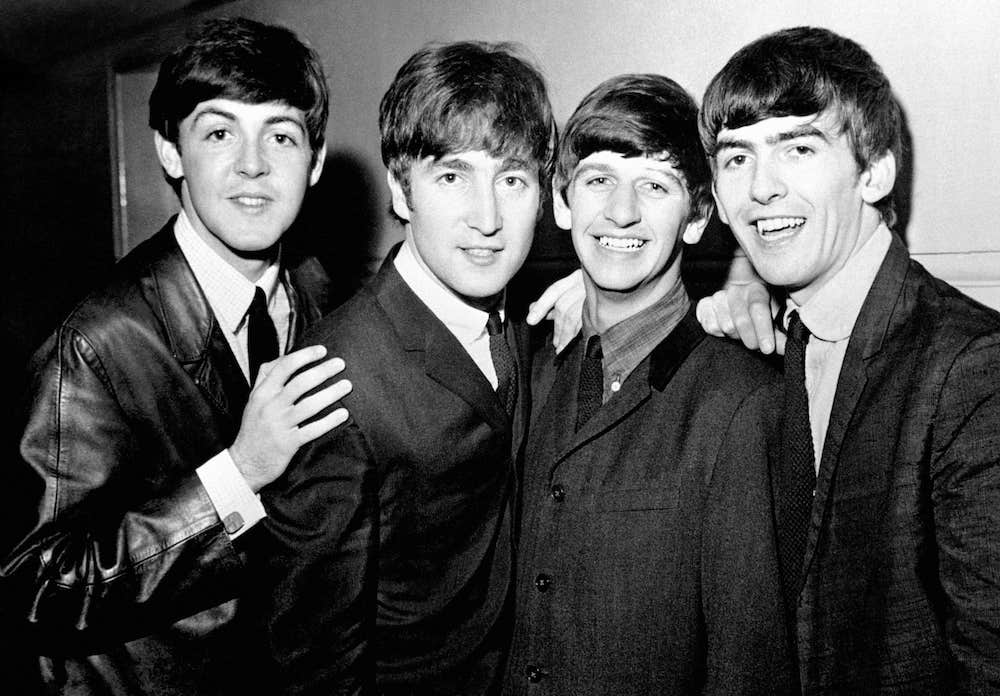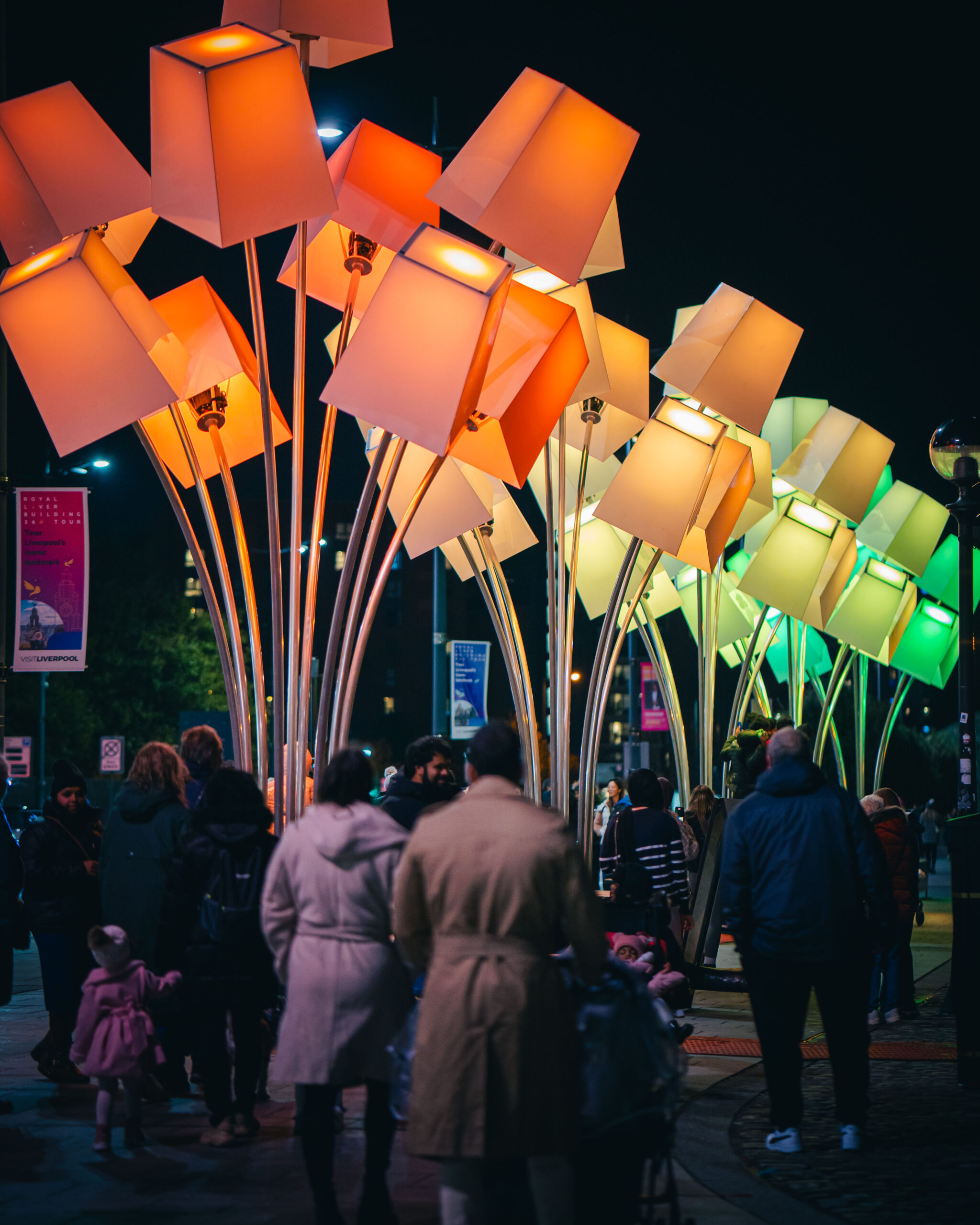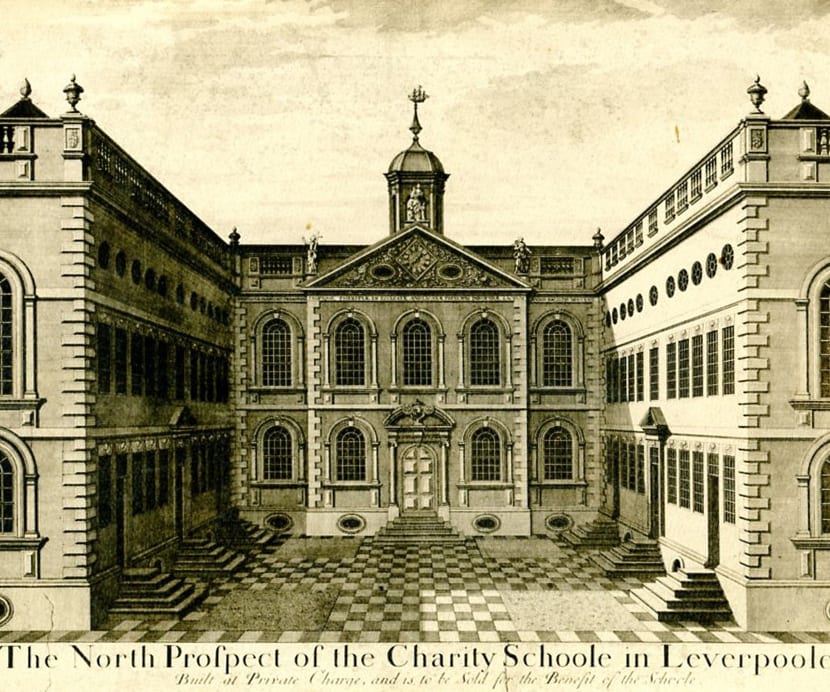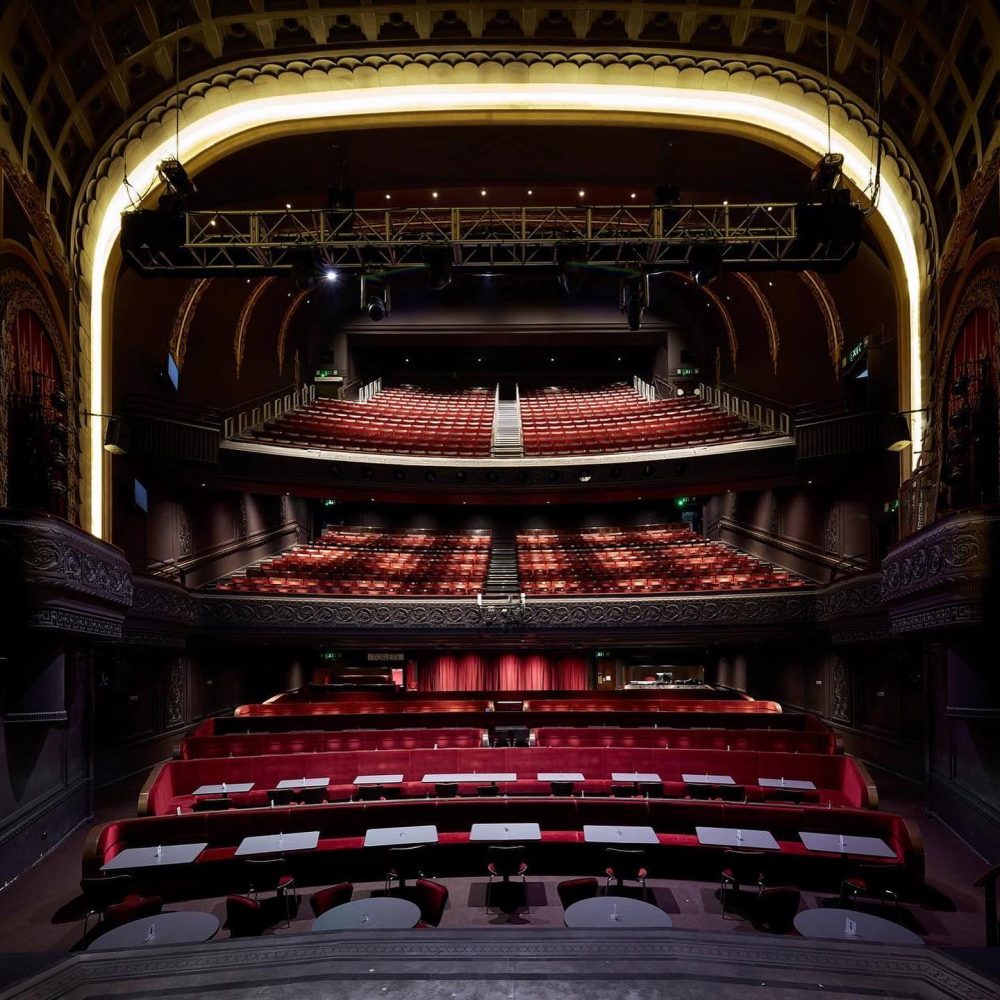
History
How Liverpool’s Planetarium became a space pioneer attracting over 2 million visitors
8 months ago
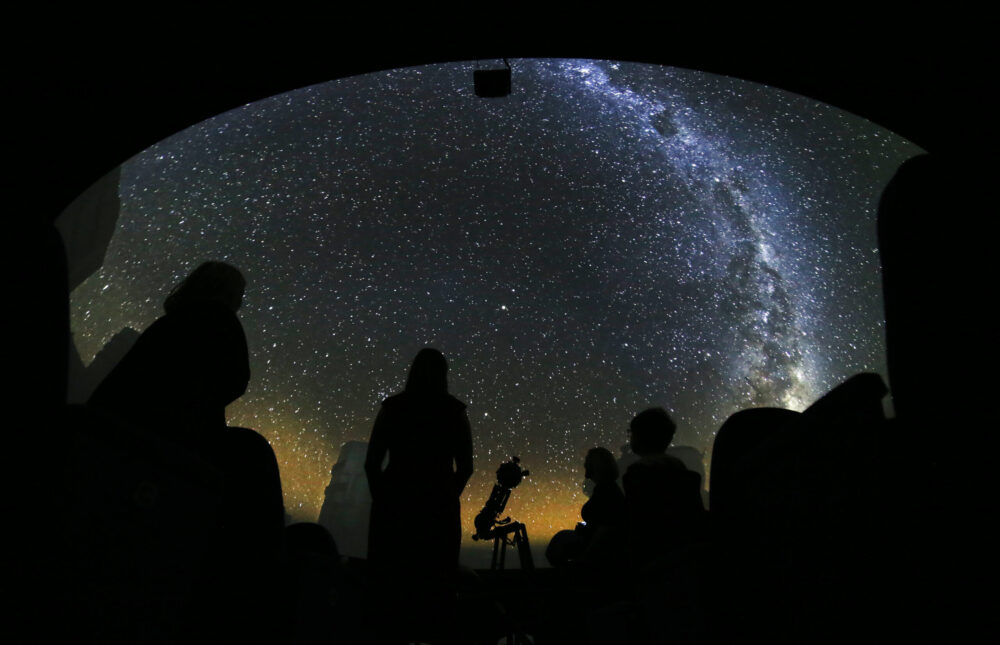
With the US and China battling for astro supremacy, a new space race is back on.
But more than 50 years ago, long before multi-billionaires Jeff Bezos and Elon Musk were rivals with their Blue Origin and SpaceX missions, there was a space pioneer much closer to home – inside Liverpool’s World Museum.
Opened in May 1970, our Planetarium was groundbreaking, becoming only the second of its kind inside a museum.
Visitors of all ages were instantly fascinated by the chance to sit back, gaze at the stars and learn about other planets … all for an opening price of just two shillings!
Generations later – and now believed to be the longest-surviving in the world – the Planetarium is still one of the World Museum’s most popular attractions, taking well over 2 million visitors on a journey into space without ever leaving William Brown Street.
The enduring appeal of space means that the number of shows has increased to meet demand and technology has moved on since the original concept of a Planetarium was created by the museum’s then director Tom Hume and scientist Dr Patrick Sudbury.
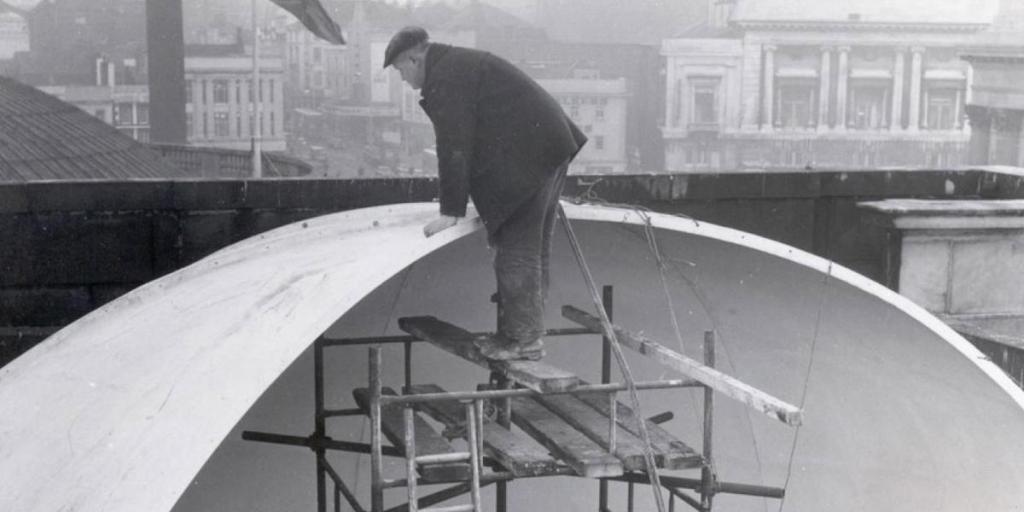
With the Moon landing of 1969 making history and headlines around the world, Tom Hume installed a new Planetarium and a Time and Space Gallery as part of the museum’s major redevelopment.
With a relaunch scheduled for 1970, he also set up a new Astronomy Department, headed by Dr Sudbury who had previously worked with space agency NASA.
The restored museum opened that January with a display of moon rock brought back by the Apollo 11 crew, attracting crowds of more than 30,000 in its first three days.
Four months later, the 67-seater domed Planetarium was revealed for the first time, housing 150 projectors showing images of planets and galaxies.
In the early stages, there were just two shows each afternoon and the arrival of new shows meant new projectors had to be filled with slides, checked and installed. Everything was done by hand from bringing up images and moving the sky to pointing out interesting facts.
Over the following decades, very little changed although the first addition was probably one that sticks in most visitors’ minds, especially anyone who went as a child – the famous Liverpool skyline was painted in silhouette around the base of the dome.
That remained a much-loved feature until the Planetarium underwent its first big improvement in 2012 when two digital projectors were installed, allowing higher quality and more immersive shows to be presented without the need for filters or slides.
Sadly, for fans of the skyline, the operation of the new digital projectors resulted in it having to be removed.
Although it’s still missed, the Planetarium’s popularity remains huge and those initial two shows per day have gone up to seven a day at weekends and holidays.
Its regular programme includes shows for the whole family, including stargazers aged just three and over, as well as relaxed screenings. And, because you’re never too young to be interested in space, there are even baby-friendly Mini Gazer sessions on selected dates in May, June, July and August.
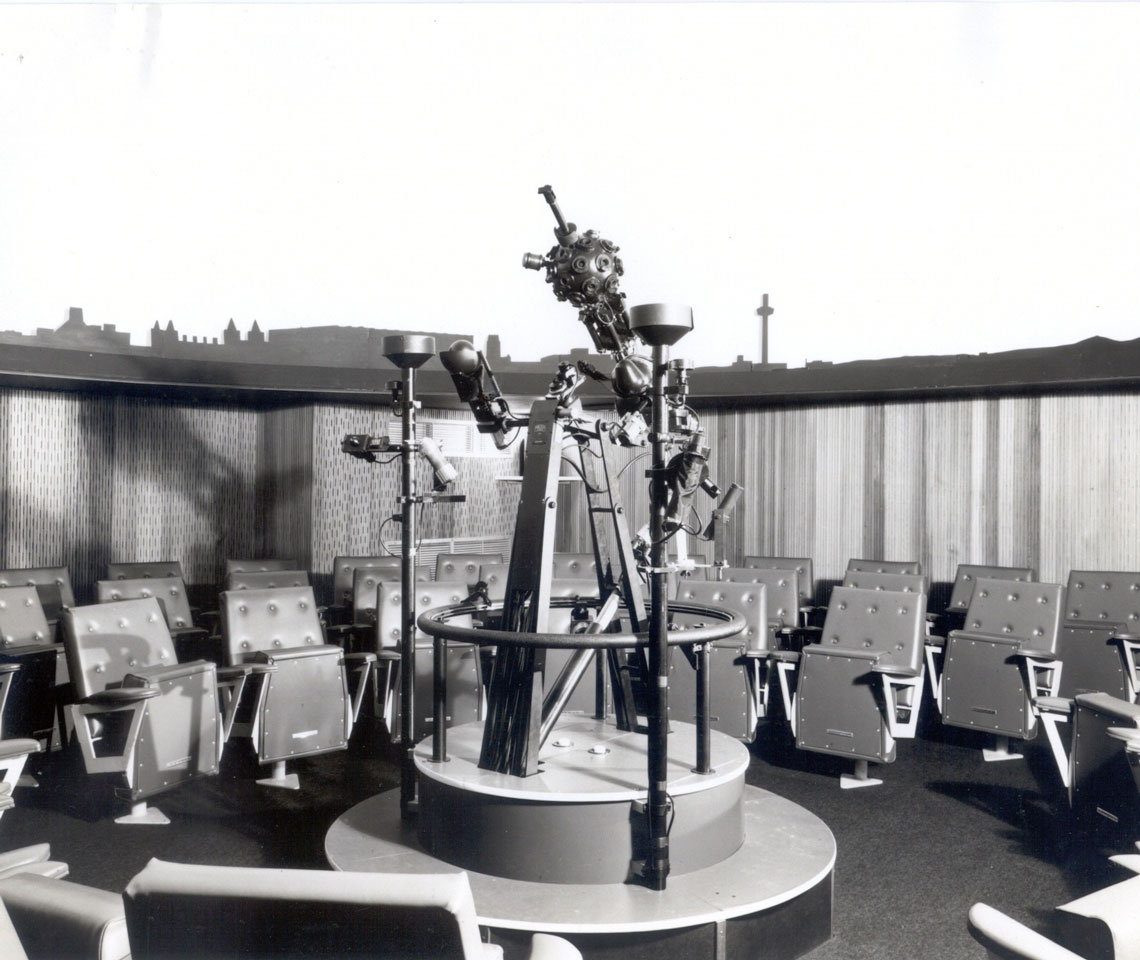
Patrick Kiernan, Learning and Participation Facilitator, says:
“The universe is big and all around us, it can be a daunting place. Planetariums give everyone, young and old, the chance to get close to the universe; to see stars, galaxies, nebulae even black holes as they might appear to a future astronaut.
“Our Planetarium provides an ideal way of finding your way around the star patterns of the night sky as you have a guide to show you them – and you never have to worry about a cloudy night!”
Find out more about the Planetarium on the Liverpool Museums website.
Find all the latest Liverpool news here.
Find out what’s good up North on our new platform, The Northern Guide.




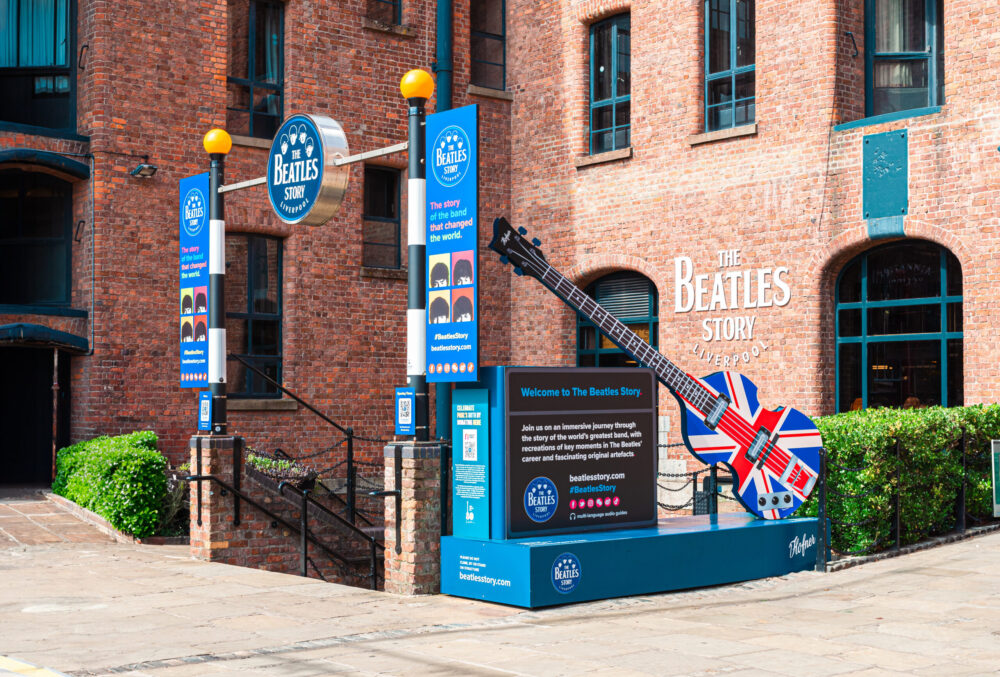
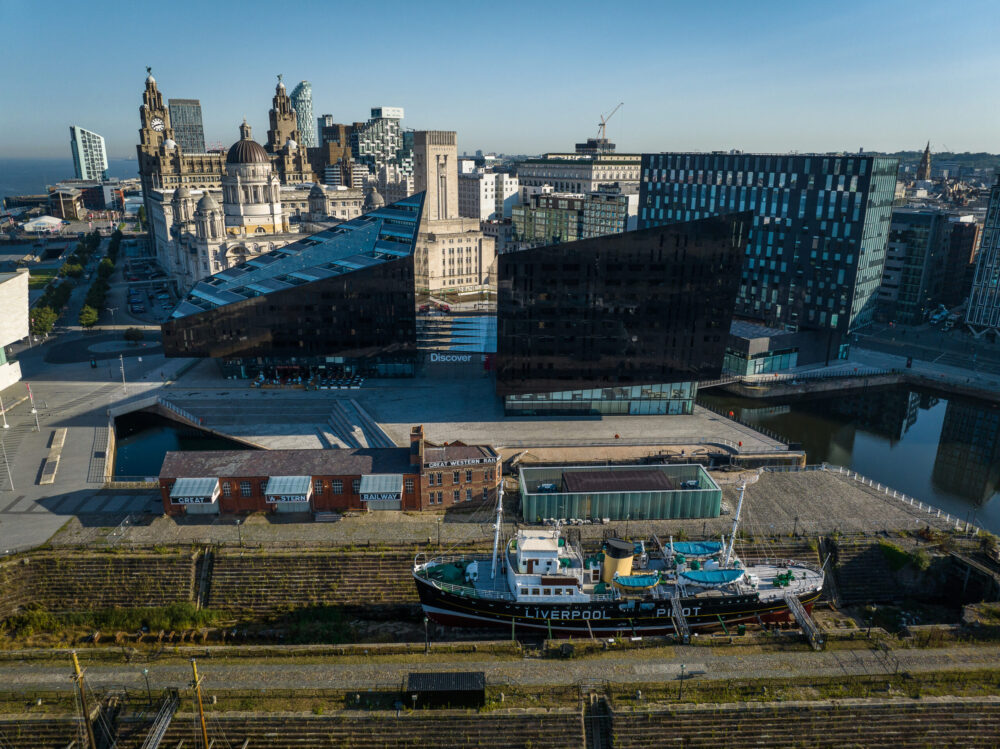
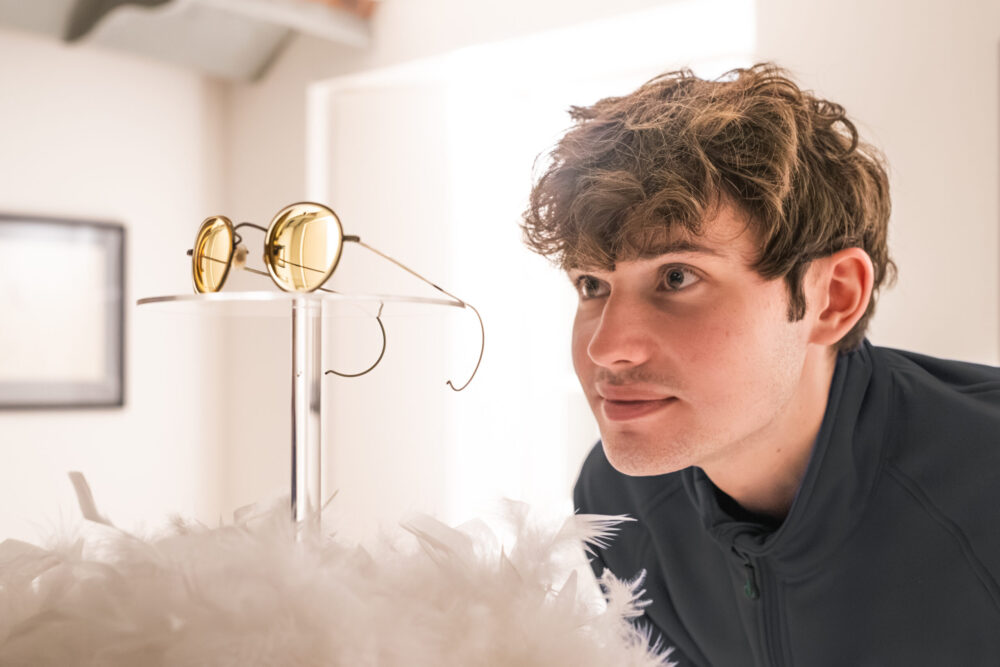
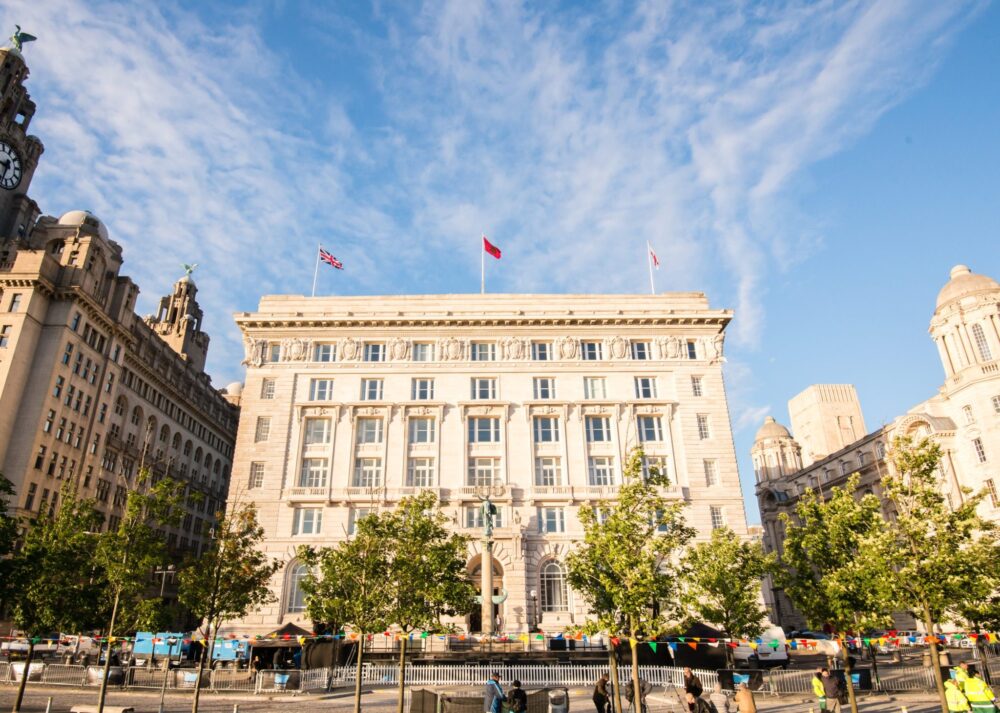
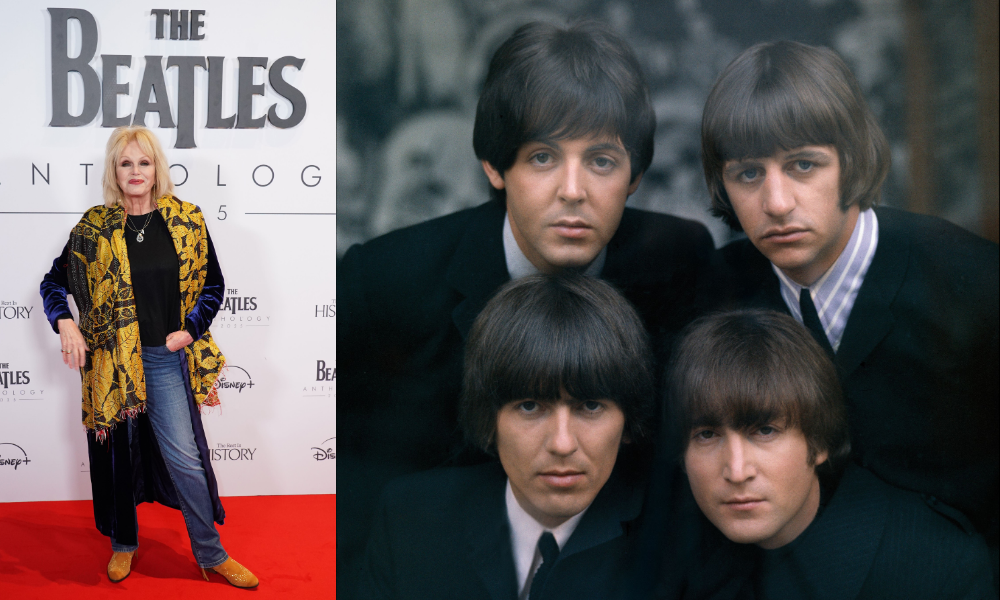
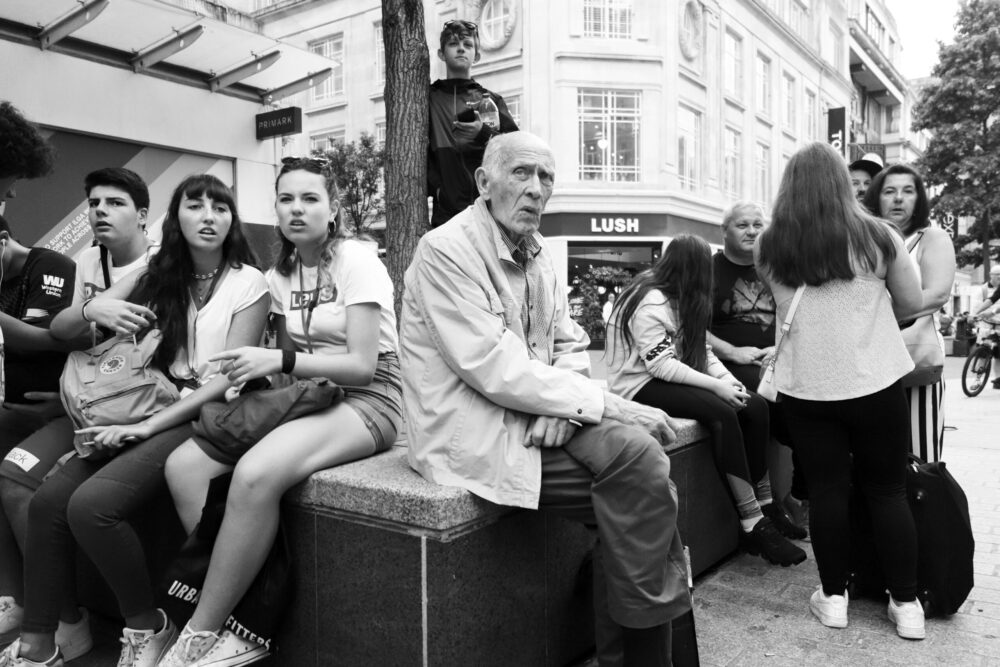
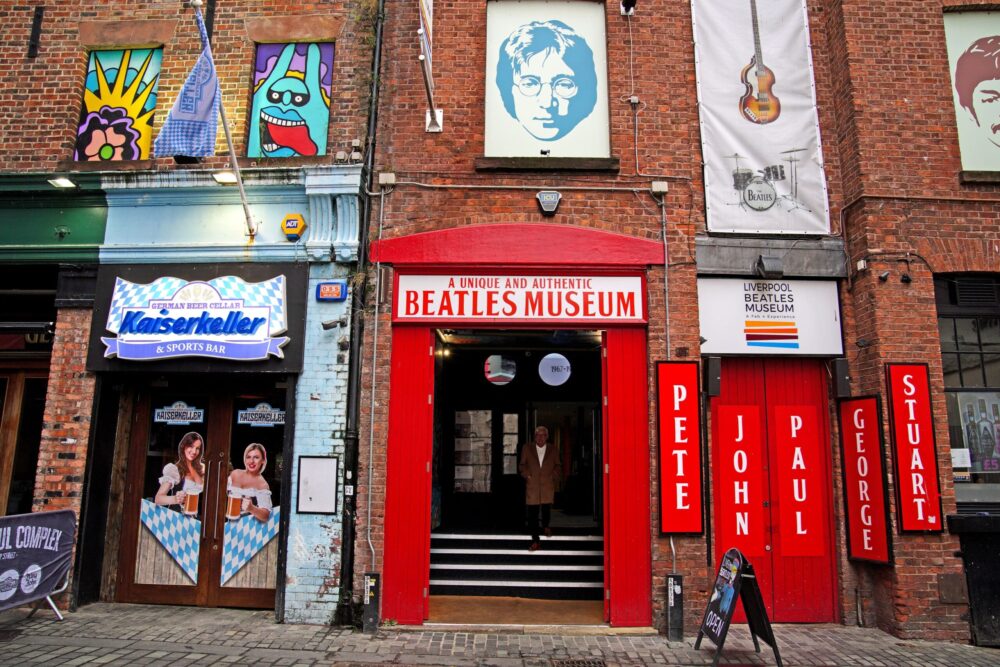
 Subscribe
Subscribe Follow Us
Follow Us Follow Us
Follow Us Follow Us
Follow Us Follow Us
Follow Us


